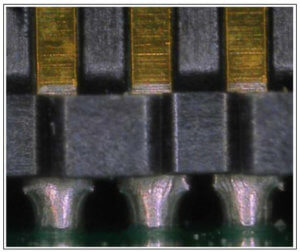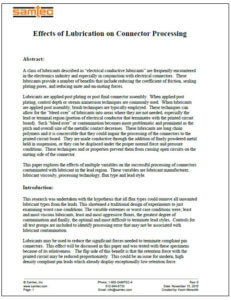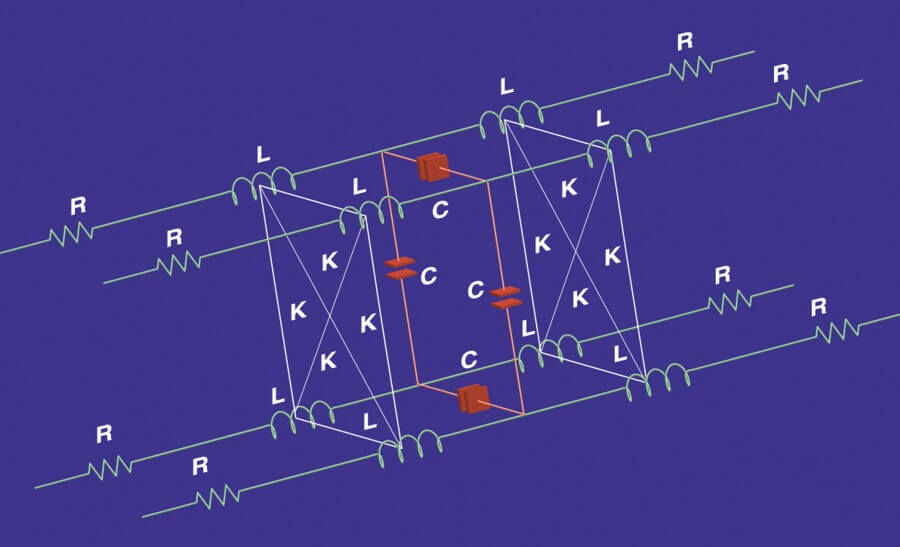Decisions, Decisions …
I may be in the market for a new car in the near future. Unless you’ve got a strong preference (and most car buyers DO have a strong preference, IMO), choosing a vehicle is a series of trade-offs. Fuel efficiency vs. horsepower. Functionality vs. appearance. Safety vs. fun. Cost vs. a heated steering wheel and seats.
Choosing the right connector set for many EOEM applications is also full of trade-offs, including pitch, termination type, plating, and contact material, to name just a few.
Insertion, Withdrawal Forces
One of the many design considerations when specifying a board-to-board connector set is the insertion and withdrawal forces of the mated connectors. In very simple terms, how much force is required to plug the two connectors together, and how much force is required to unplug them?
Contact insertion/withdrawal force is a compromise. The least amount of insertion force is desired to allow easy insertion without lead damage, while the most amount of withdrawal force is desirable to maximize retention and minimize contact resistance. Also, higher insertion/withdrawal forces present an increased risk of damaging the boards or connectors during mating and un-mating, as well wearing-out the plating if the application also requires multiple mating cycles.
Samtec tries to design contact systems to provide reasonable insertion and withdrawal forces, while maintaining a reliable normal force. All of the other connector companies in the industry couldn’t care less about normal force (I’m just kidding!).
Normal force is the perpendicular force to the surface of contact. In the case of connectors, we are measuring the amount of force that is required to displace a connector pin.
Connector Lubrication

Having said all of that, some connector sets are designed with relatively higher insertion and withdrawal forces to decrease the likelihood of the set becoming unmated. Customers frequently ask us about lubricated contacts. These lubricants provide a number of benefits that include reducing the coefficient of friction, sealing plating pores, and reducing mate and un-mating forces and contact wear.
Disadvantages of lubricants include possible lubricant contamination in the lead region, the extra step/cost of applying the lubricant to the connectors (by either the connector manufacturer or during the product assembly process), it can be considered “messy” (although that is an abstract term, it’s mentioned often in discussions of connector lubricants), and it can retain dust, to name a few cons.

Samtec’s Kevin Meredith published a paper entitled “The Effects Of Lubrication On Connector Processing.” The objective of the test was to determine if any level of connector lubricant contamination in the lead region of the connector could result in processing defects. The effects of lubricant type, lead geometry, flux type, and processing technology were considered as variables in this study.
In the paper Kevin details the test plans, the processing results of several connector sets to meeting IPC-A-610F standards; the connectors tested were the SEAM, ST4, HSEC8, and TFM series.
Of course Kevin shares the conclusions of the tests. While I prefer to let the paper speak for itself, the essence of the conclusions is it is unlikely that the Santolube OS-138 used by Samtec will result in processing problems for any level of accidental lead contamination.
The purpose of this blog is to present a broad overview of the paper, but not serve as a substitute for the comprehensive test and conclusions. I encourage you to read (or skim!) the full six page paper here.
Other links that may be of interest:



Leave a Reply